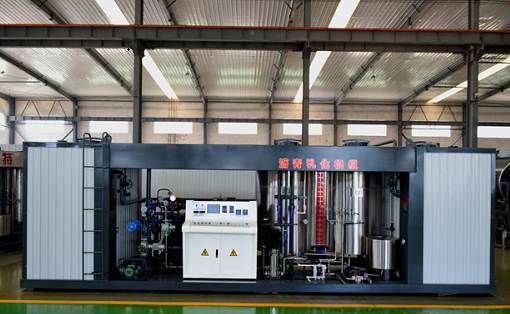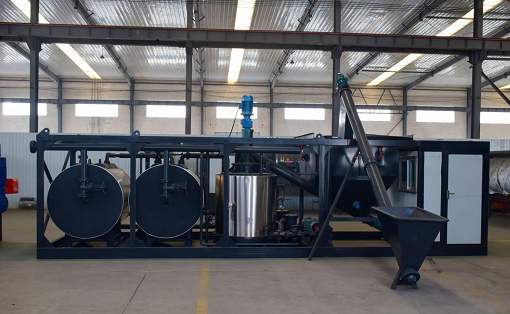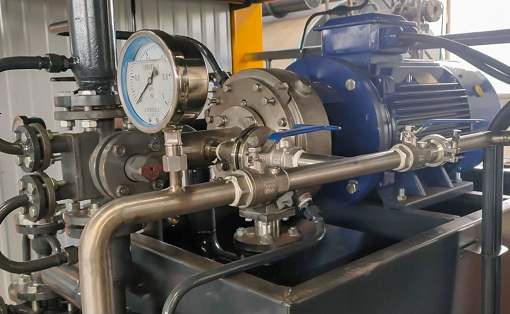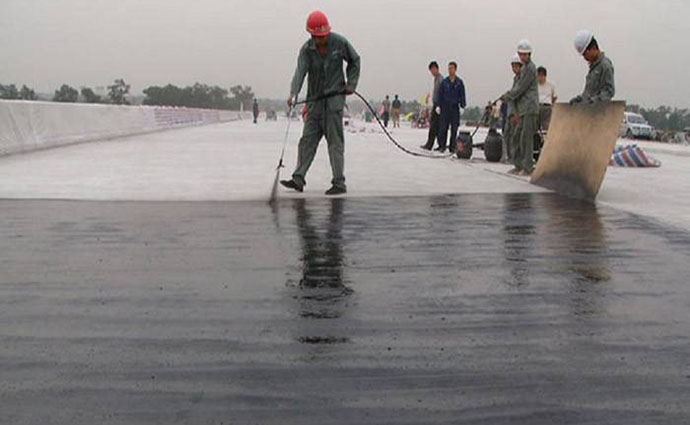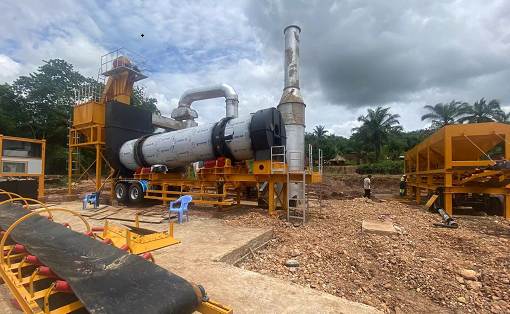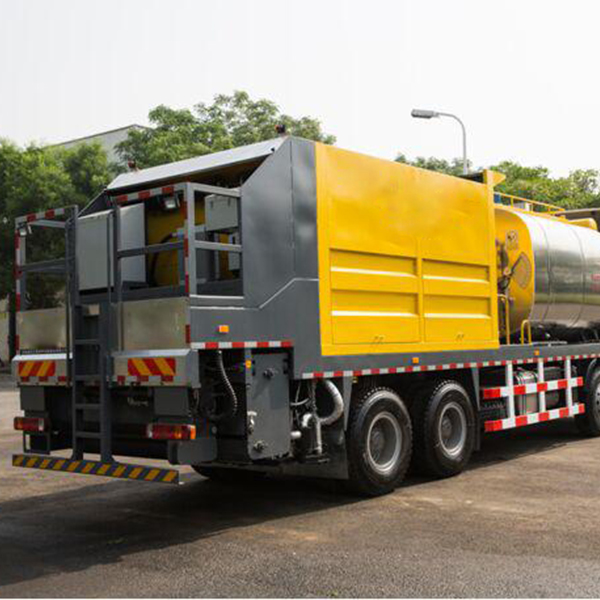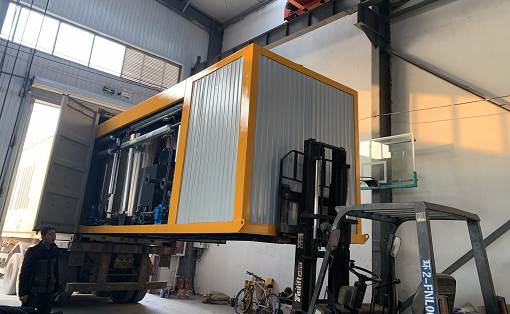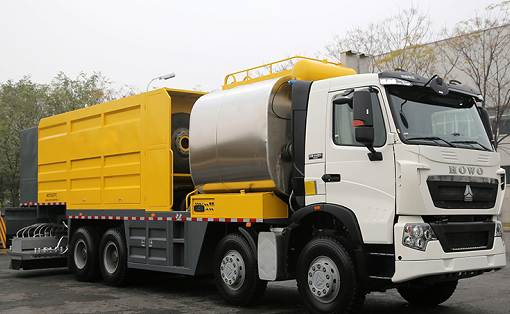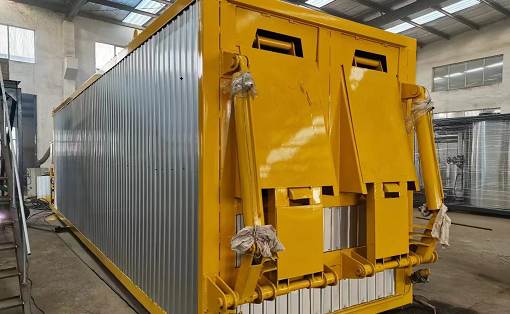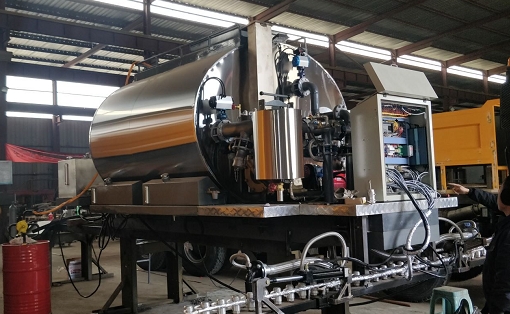How to operate the slurry sealer!
The slurry sealer is a special equipment for road maintenance that we see in our lives. The slurry sealer is mainly used to deal with the decrease in surface wear resistance, cracks, etc. of the road, to improve the waterproofness and skid resistance of the road surface, thereby greatly improving the driving comfort and flatness inside, so as to achieve a new effect for the road surface. So what is the operation process of the slurry sealer?
Before starting the slurry sealer, you should be prepared to test the quality of the slurry sealer materials before construction. One of the most important points is to certify and inspect whether the content of emulsified asphalt can meet the requirements of the specification, and the mixture should also meet the requirements. After confirming the measurement standards, check that the road surface to be constructed should be dry, free of debris, water, flat, etc.
The slurry sealer is a special equipment for road maintenance that we see in our lives. The slurry sealer is mainly used to deal with the decrease in surface wear resistance, cracks, etc. of the road, to improve the waterproofness and skid resistance of the road surface, thereby greatly improving the driving comfort and flatness inside, so as to achieve a new effect for the road surface. So what is the operation process of the slurry sealer?
Before starting the slurry sealer, you should be prepared to test the quality of the slurry sealer materials before construction. One of the most important points is to certify and inspect whether the content of emulsified asphalt can meet the requirements of the specification, and the mixture should also meet the requirements. After confirming the measurement standards, check that the road surface to be constructed should be dry, free of debris, water, flat, etc.
Carefully check whether the engine oil has reached a certain amount; whether the switches of various electrical buttons are reliable; whether the water in the paver water tank is sufficient; whether the bolts of various parts of the vehicle are tightened; the chain needs to be sprinkled with appropriate oil to ensure its lubrication; whether the conveyor belt is in the correct position; whether the hydraulic joints are connected properly, whether the hydraulic oil is within the normal use range; whether the water pump and asphalt pump are operating normally.
When starting the machine, start the diesel engine and put the paver box in the working position, and then adjust the paving thickness. Use water to wet the paver box. Start the hydraulic motor, adjust its steering, and use clean diesel to spray the agitator and the paver box, which can reduce adhesion. Step on the pedal of the main clutch, engage the handles of the three clutches, and add throttle to quickly open the emulsified asphalt emulsion and waterway, and then slowly release the main clutch pedal, and put all the decorations of the whole machine into operation well to stir out high-quality and qualified slurry mixture.


